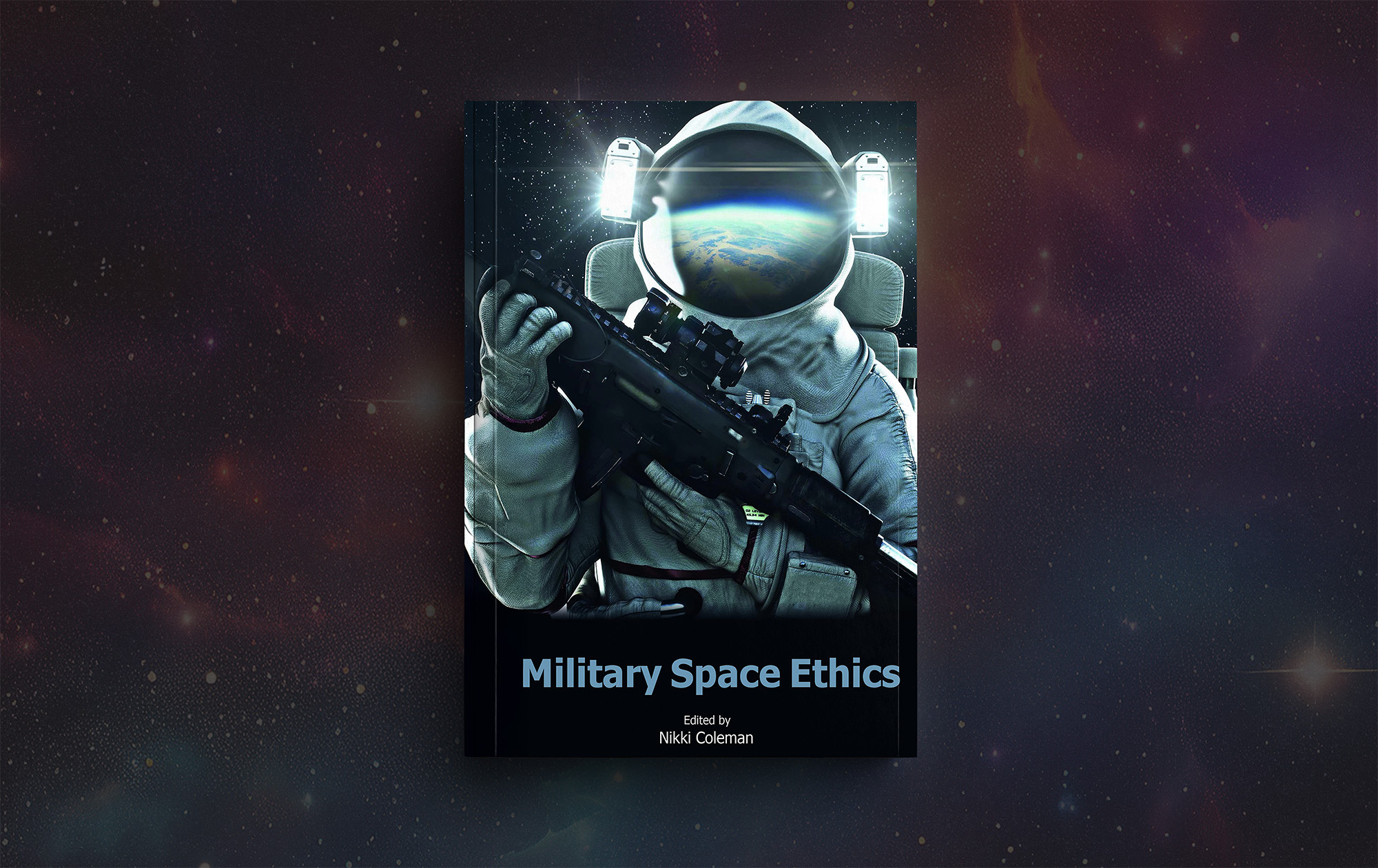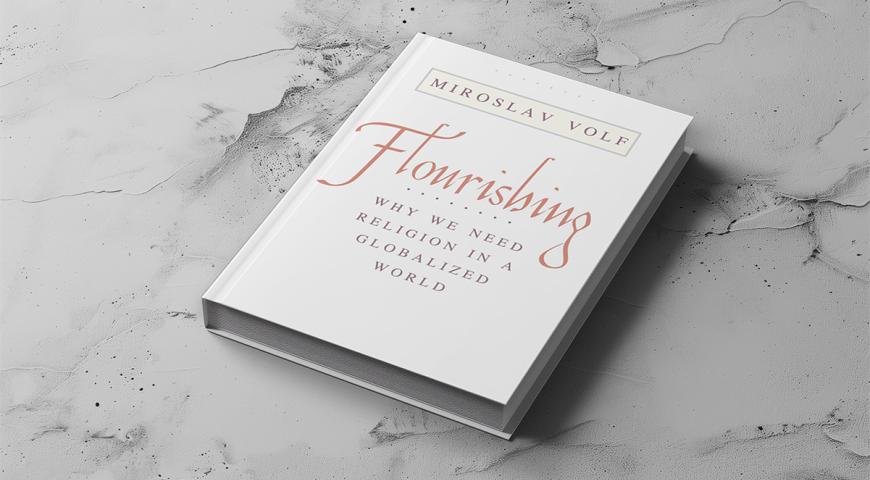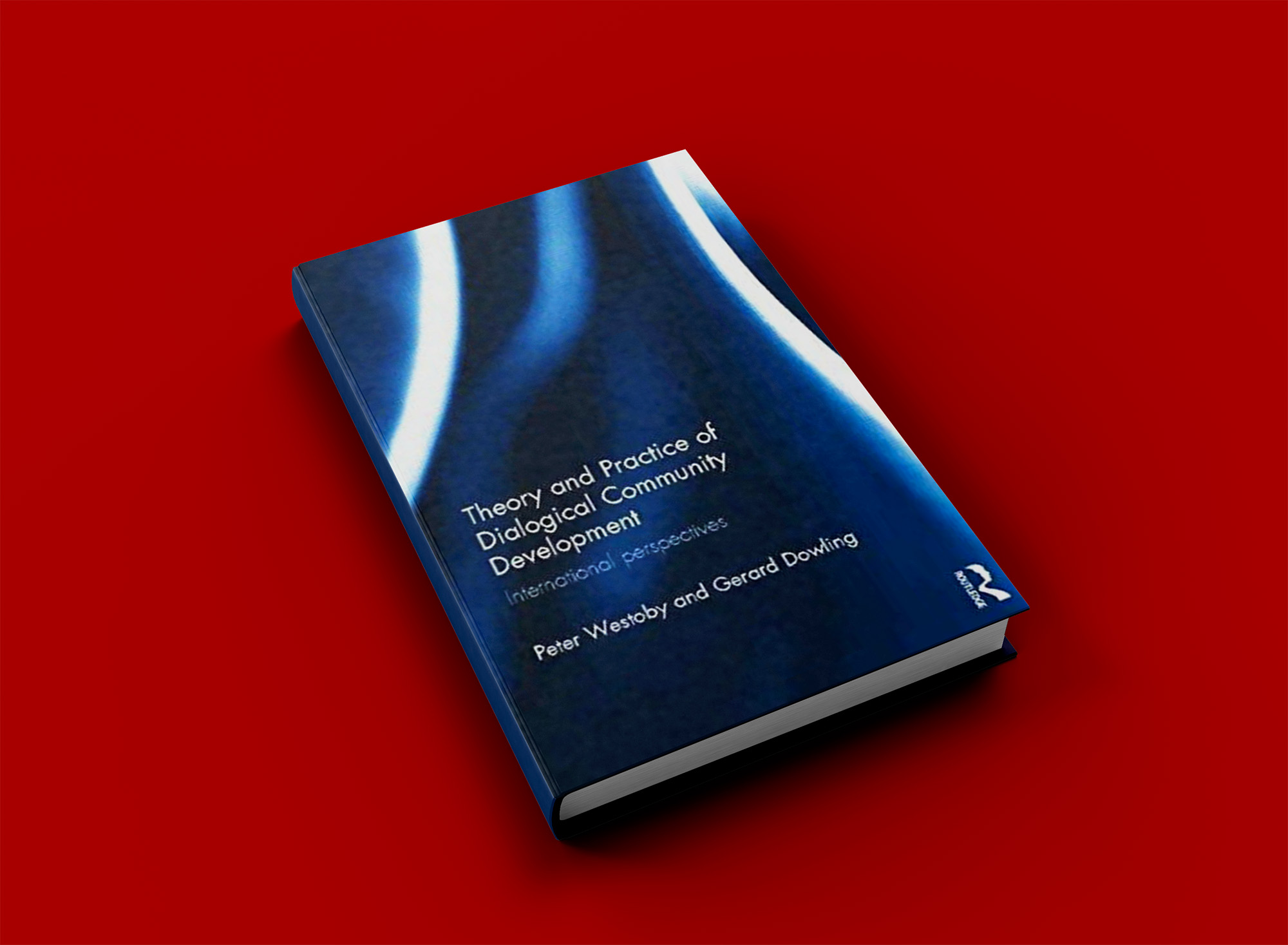I was born in the middle of the manned moon missions and still remember where I was as a teenager viewing the Space Shuttle Challenger exploding. I also grew up seeing interstellar war crimes on the big screen with Star Wars and James Kirk and other Starfleet officers navigating military space ethics dilemmas in Star Trek.
Military operations in the space domain challenges our technological and ethical imagination. Who knows what we will face in space in the coming decades? However, in spite of future uncertainties, we also face current and urgent ethical issues about how militaries operate in the space domain. Policy staff and military commanders grapple with questions like: ‘should weapons be used in, or from, or into space’; ‘does just war theory extend to space’; ‘will military operations in space start a new arms race’; will war in space be fought by robots or space marines, and what are the medical ethics and moral injury implications for personnel?
Australian military space ethicist Dr Nikki Coleman, currently working at the Australian Centre for Space Governance, has collected 21 chapters exploring space-related questions from 18 contributors: nine Australians, five Americans, two from the UK, one Canadian, and one from Botswana. They bring a mix of expertise to the field, as academics, military leaders, lawyers, and consultants. The overall aim of the book is to frame the critically necessary dialogue for the peaceful use of space and the responsible use of the space domain for military operations.
The early chapters consider Just War Theory and its application in space. Pauline M. Shanks Kaurin’s chapter “In Space No One Can Hear the Geneva Convention” suggests that military space ethics is analogous to maritime law and the cyber domain, involving a potential overlap of conventional and/or asymmetric conflict with non-state actors or rogue nations. She underlines the importance of considering discrimination and proportionality and not forgetting the virtues of empathy and concerns about collateral damage.
Several chapters pay attention to the use of satellites and the potential catastrophes that the disruption of satellites could cause. There are ongoing debates about the weaponisation of space and where limits ought to apply. Nevertheless, the militarisation of space is already well underway, with 500 of the world’s approximately 3000 satellites being military and possibly a similar number being dual-use. Satellites equip militaries with early warning, intelligence, communications, and weapons guidance. Simultaneously, the earth’s civilian agriculture, navigation, communication, economic, and weather forecasting systems rely on them. Disruptions, such as that caused by an exploded satellite and its accompanying debris (the “Kessler Syndrome”), could lead to chaos and potentially millions of deaths. A number of the writers warn about the vulnerability of satellites to kinetic and non-kinetic attacks, including jamming, piracy, or physical attacks on a satellite or its control systems, carried out, for instance, by non-state actors or rogue states.
One of the most helpfully sobering chapters in the book is “From Peaceful Uses to Warfighting” by Jessica West from the Canadian “Project Ploughshares”. West offers a history of the space race between the USA and the USSR and its dual aims. She explains how the 3000 satellites owned by more than 70 states today create an overarching capability for almost all of Earth’s essential services from communication and navigation to health and transportation, aside from the parallel military usages. As she suggests, space conflict is like urban warfare: it will affect not just military personnel but a host of surrounding citizens and systems, and escalation could all too easily be catastrophic.
In “The United States Space Force and Space as a Military Domain,” former Australian Navy officer Nathan J. Phillips offers insightful political commentary. He discusses the US Space Force's mandate (and its arguable lack of clarity) and assesses Russia and China's actions, including their initiatives to ban weapons in space.
Cassandra Steer of Australian National University (ANU) has contributed two legal chapters on “Star Laws”: about the development of the Outer Space Treaty and use of the Laws of Armed Conflict in space, as well as the “Woomera Manual” regarding Military Space Activities (parallel to the Tallinn Manual for Cyber Warfare). She argues space is not a lawless frontier, but that there is a need for clarified expectations before contentious testing in fraught circumstances can take place.
Royal Australian Air Force Flying Officer Jayden Park explores “Post-Traumatic Stress and Moral Injury in Extreme Remote Warfare”, arguing that just as we need to be attentive to the moral injury of remote drone pilots, there is a mental health duty of care for personnel involved in the even more remote landscape of military space engagements.
Other chapters address the “Rocket Cargo” space-enabled logistic capability, which could be faster and larger than a C-17 (though unlikely cheaper), anticipated issues of medical ethics for astronauts with the 2030s planned mission to Mars, the basis of law enforcement when a colony forms, and what would be the basis of ethical relationships with intelligent aliens. Many of these issues raise ethical challenges greater than humanity has previously imagined. There will likely be other dilemmas, including those related to the privatisation of exploration and resource extraction, as well as dilemmas that are currently unknown. Given our common interest in sustainability and peace, these issues deserve the best of our thinking, not just for the sake of technological development but for the sake of the ethics and empathy required in international relations beyond geographic and even earthbound borders.
As a final point, an important source of thinking on these issues is modelled by Botswanan Philosophy Professor Ibanga B Ikpe’s chapter “Where Space is Not An Option”. What most interested me about his work was his reflection as a teacher on his Socratic dialogue with student-officers in a military without space engagement, and how he argued for the importance of the African ethics of Ubuntu and its community interconnectedness and regard for others operating alongside Military Decision-Making. That underlines the need for inter-disciplinary, inter-cultural and indeed inter-religious conversations from global citizens in any military ethics conversation, including issues raised by new domains such as space.
Notes
An earlier version of this review was originally published in Journal of Military Ethics Volume 22 (2023), 85-86. Publisher details: Military Space Ethics. Edited by Nikki Coleman. Havant, Hampshire, 2022, ISBN 978-1-912440-26-0 (pbk), xviii+340pp
The views expressed in this article are those of the author and do not necessarily reflect the position of the Australian Army, the Department of Defence or the Australian Government.














Comments
Start the conversation by sharing your thoughts! Please login to comment. If you don't yet have an account registration is quick and easy.